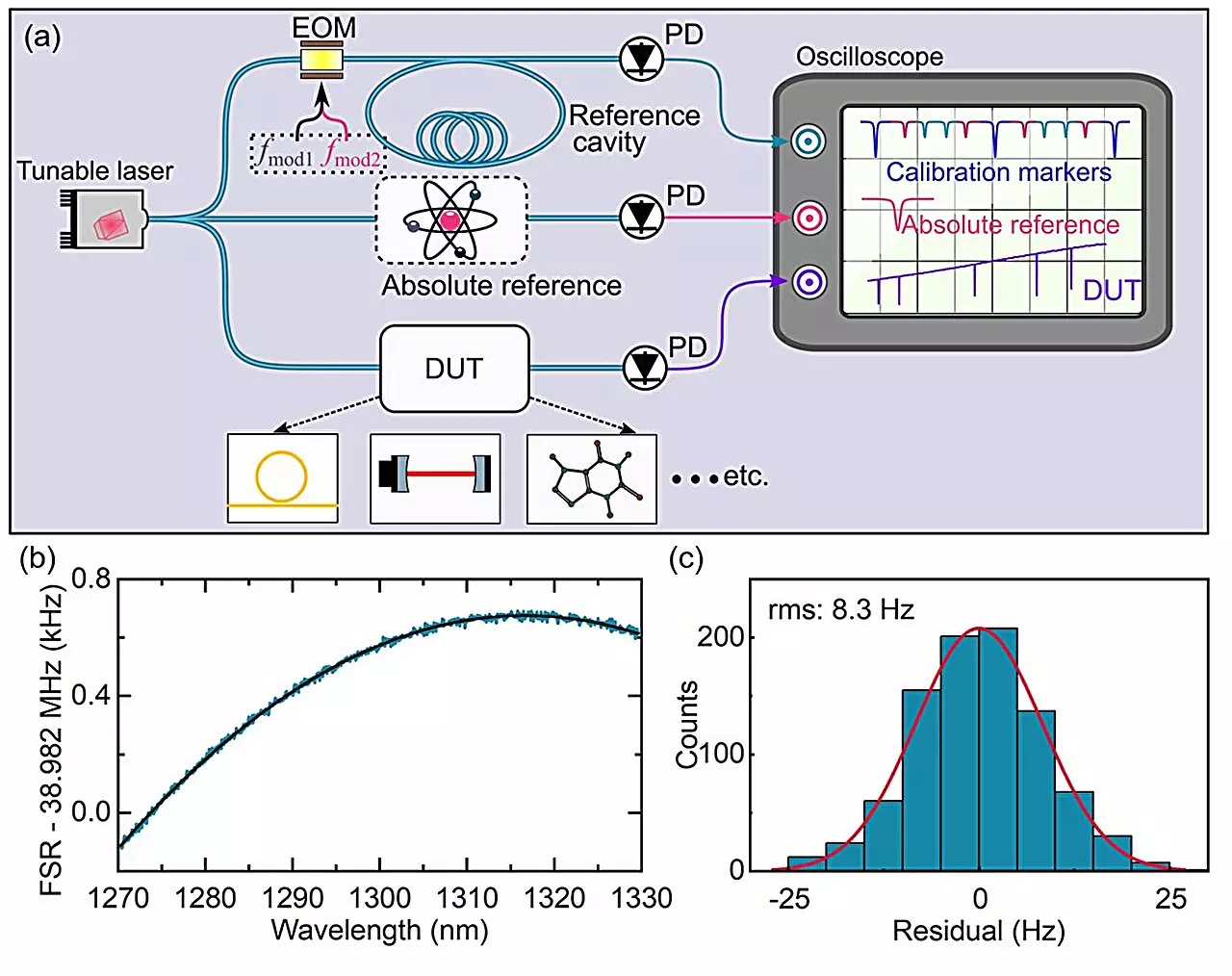Laser spectroscopy has undergone significant transformations since its inception in the 1960s, serving as a pivotal tool in the exploration of atomic and molecular structures. As laser technology continues to evolve, so too has the sophistication of laser spectroscopy methods. Understanding the nuances of these methodologies—particularly frequency comb-based and tunable continuous-wave (CW) laser spectroscopy—illuminates the significant strides made in measurements and applications, while also highlighting the perennial challenges faced in achieving high precision and reliability.
Laser spectroscopy techniques have diversified into various forms, each suited for particular applications ranging from fundamental physics to practical sensing technologies. Frequency comb-based laser spectroscopy is revered for its exceptional precision, achieving accuracy that has garnered acclaim, including a Nobel Prize in Physics in 2005. Frequency combs, which integrate wide bandwidths with fine spectral resolution, allow scientists to make detailed frequency measurements across a plethora of domains, including optical frequency standards and gravity sensing.
However, the frequency comb approach is not devoid of limitations. One notable challenge is the low power output per comb mode, hindering sensitivity when detecting trace gases. Additionally, the inherent gaps between comb modes necessitate supplementary techniques to assess closely spaced spectral features, thereby complicating the application of this technology in certain contexts.
On the other hand, tunable continuous-wave lasers present a compelling alternative, particularly through their high photon flux, elongated interaction paths, and frequency agility. This makes them exceptionally suitable for sensitive applications such as molecular spectroscopy and gas sensing. Despite these advantages, challenges remain. Laser frequency fluctuations during scans can diminish the quality of measurements, leading to inconsistent results.
Researchers and engineers have devised a range of techniques, including interferometric methods and optical frequency combs, to mitigate these frequency fluctuations. Despite the enhancements provided by these alternative methods, tunable continuous-wave laser spectroscopy still faces hurdles regarding the calibration and stability required for optimal performance in demanding environments.
Recent advancements spearheaded by researchers at the Max Planck Institute for the Science of Light have led to a groundbreaking approach that promises to redefine the landscape of laser spectroscopy. Published in Advanced Photonics, the new method employs a straightforward broadband spectroscopy technique characterized by impressive Hz-level precision using a tunable laser.
Through a novel strategy of on-the-fly frequency calibration, employing a dual radio frequency modulation integrated with a fiber cavity, researchers can now track the laser’s sweeping color with extraordinary accuracy. This real-time calibration creates an optical frequency ruler, allowing for ultra-high precision measurements of frequency distances between various spectral features. In a groundbreaking demonstration, they achieved sub-10-Hz precision over an 11-THz frequency range, marking a significant leap beyond existing methodologies.
The methodology developed by the Max Planck Institute researchers encapsulates a range of potential applications beyond traditional laboratory settings. With a remarkable measurement speed of 1 THz/s, the technique offers enhanced optical probe power, spectral flatness, and polarization stability, making it particularly advantageous for contexts such as lidar systems, 3D imaging, and open-path trace gas sensing.
Moreover, the simplicity and robustness of this new method render it suitable for characterizing advanced photonic devices as well as calibrating instruments used in astrophysical observations. This sets the stage for innovations in both scientific research and practical applications in fields that require precise optical measurements, ranging from environmental monitoring to advanced manufacturing processes.
The trajectory of laser spectroscopy continuously demonstrates its adaptability and immense potential. The recent breakthroughs in frequency-comb-calibrated tunable laser spectroscopy promise not only to overcome previous limitations but also to open up new realms of exploration in both fundamental research and practical applications. As researchers further refine these methods and address lingering challenges, the future of laser spectroscopy stands to contribute significantly to our understanding and manipulation of the atomic and molecular universe.


Leave a Reply